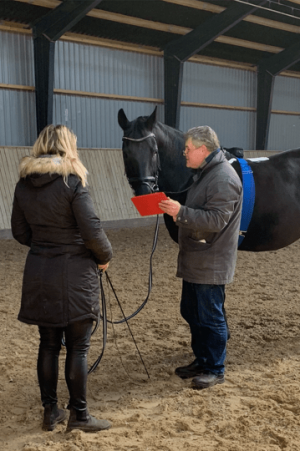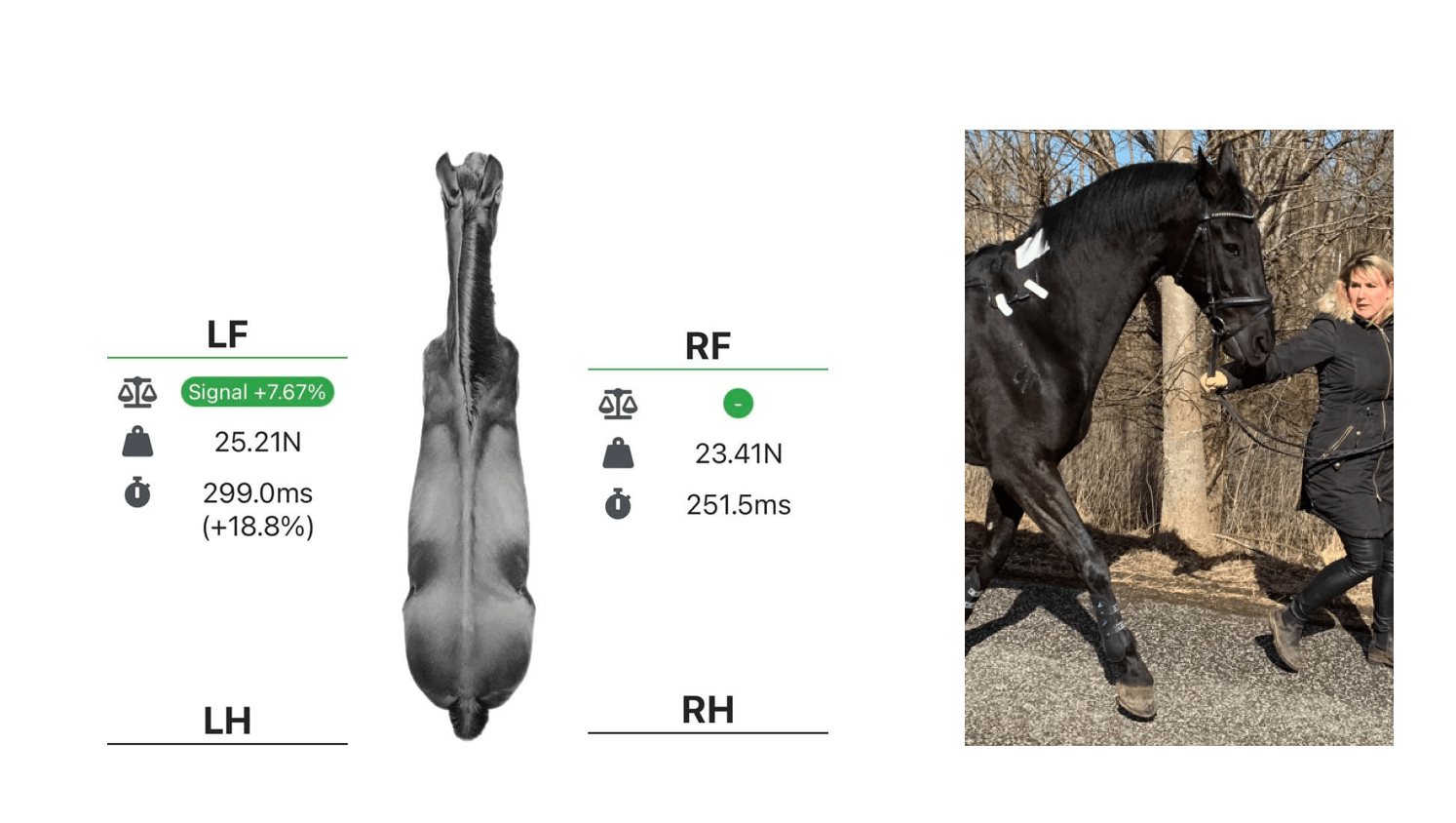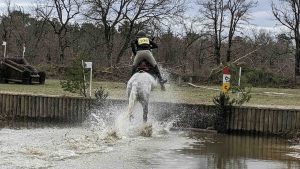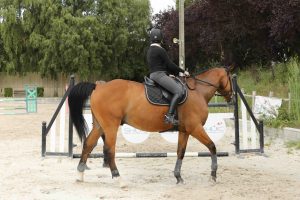Horse muscle activity & performance

Thank you for sharing your expertise with us, and in particular your practice of monitoring horse muscle activity.
You are an Associate Professor in physiology with a special interest in biomechanics and rehabilitation at the Copenhagen University.
You are also the inventor of the Curo system, which has been designed to detect the performance level of a horse’s muscular system, to detect abnormalities in locomotion and to help assist practitioners make their diagnosis and treatment. Is that right ?
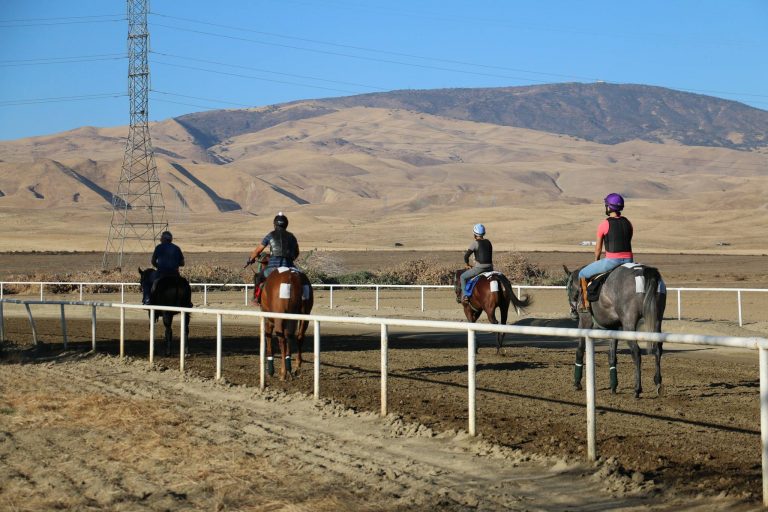
Curo & Tendiboots data
Ekico : You are also one of our equipped early adopters Tendiboots Forelimbs and soon Tendiboots Hindlimbs. We are very happy and thank you again for that.
During your tests, you report that you have used your Curo and our Tendiboots in collaboration to document and quantify asymmetries between the left and right side of horses.
Did you find correlation between these two systems?
Adrian : My own device (CURO) measures muscle activity directly as vibrations through the skin each time a muscle contracts. It can be used on the left and right sides of a horse to measure the balance of muscle use. For this reason, I was interested in using the Tendiboots system to measure the ground reaction force (GRF) balance values in the forelimbs of horses.
As usually when a horse compensates in some way for a painful limb, it will over-use muscles on one side of its body (typically the healthy side). So this is what I have been looking at principally.
We also know that the swing time of a limb is correlated to muscle activity in those muscles responsible for extension and protraction.
Any stiffness or restriction in their proper use will affect limb movement, so this too should be found to correlate with the Tendiboot system.
Recently, I have been examining a rather expensive FEI level dressage horse with the Curo & Tendiboot systems. The horse has had an injury to the front right limb and has not recovered with rehabilitation as of yet, despite a number of months of care and treatment, so the exact underlying issue has remained unknown. That is why I was asked to measure the horse.
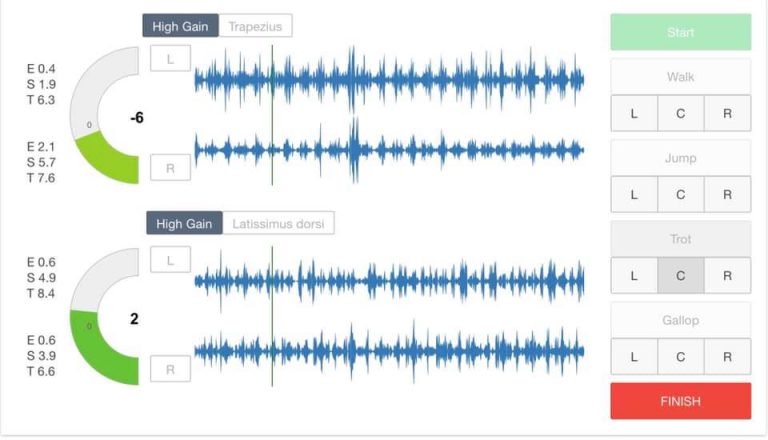
Here is the acoustic myography (AMG) muscle sound signal recording from this particular horse
You can see recordings from cervical m.trapezius (top graph) and mid back m.latissimus dorsi (bottom graph).
This is a recording taken whilst the horse was trotting in a straight line (Trot C)
You can see from the balance scores (green semi-circles) that the shoulder muscle m.trapezius is over-working on the left side (balance -6) in keeping with the Tendiboots values ; +7.67% LF.
Also, there is a slight back compensation seen by the right side m.latissimus dorsi working a little more (+2) than the left side.

The left shoulder muscle difference is mostly due to more fiber recruitment and more constant muscle activity, whilst the back muscle difference is a combination of slightly more active fibers and a higher firing frequency.
I used your Tendiboots system and was able to confirm that this horse was indeed slightly lame on the right front limb. Using my muscle recordings I have been able to establish that this lameness is due in part to a neck issue, which we have started to treat with success, which has pleased both the owner and the horse. Using my muscle recordings, I was able to establish that this lameness was in part due to a problem with the neck, which we began to treat successfully, which pleased both the owner and the horse.
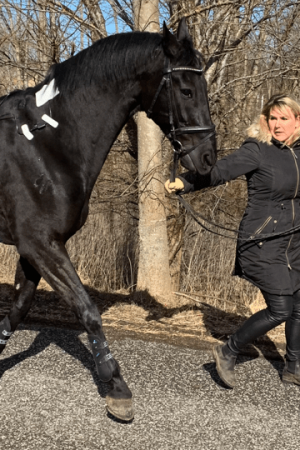
Muscle records & GRF measurements
I can conclude that this combined use of muscle recording and GRF measurement has proved very useful in this particular case.
I plan to use these two systems a lot more in the future.
The forelimb imbalance in this horse was very clearly seen with the Tendiboots system and this was supported by the clear and measureable AMG difference in the withers muscle trapezius.
Moreover, both the owner and the horse in question were very happy with the results, and as you can see from the photo, this wonderful horse was curious to see what we had discovered.
